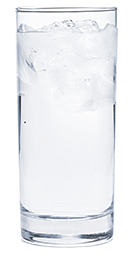Information About Secondary Contaminants
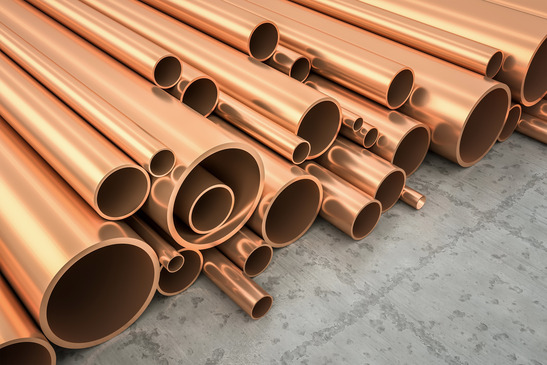
Secondary contaminants don’t necessarily pose a risk to your health, but they may affect how your drinking water tastes, smells or looks. The contaminants are regulated under The Secondary Drinking Water Standards list, which suggests safe levels but are not enforceable.
Below is a list of the 15 contaminants for which the EPA has developed standards for municipal water systems. The Secondary Maximum Contaminant Level (SMCL) is listed in parentheses after the contaminant. Units are in milligrams per liter or parts per million unless stated otherwise.
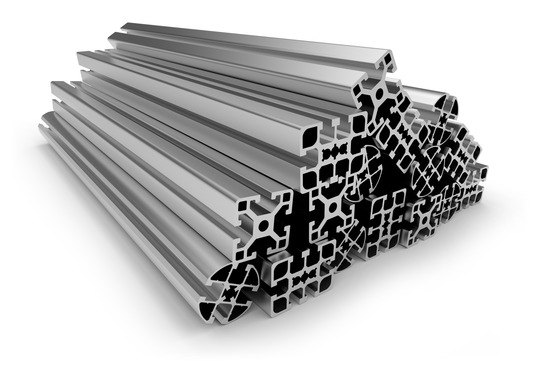
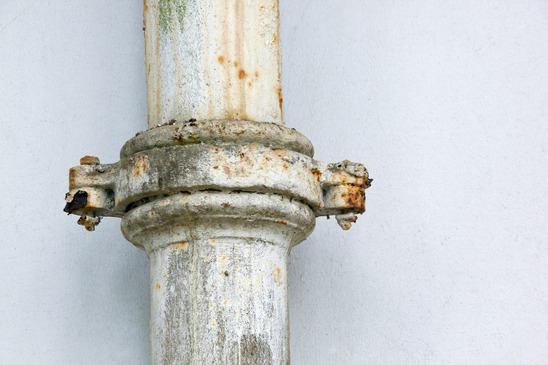
Secondary Contaminants
ALUMINUM (0.05 – 0.2 mg/L)
Often added to municipal water in the course of treatment, as well as naturally occurring. High levels of aluminum may cause discoloration of water.
CHLORIDE (250 mg/L)
Found in salt or brackish water intrusion or runoff from road salt, chloride may cause changes in water’s taste and corrosion of pipes. Choride may give water a “brackish” or salty taste.
COLOR (15 color units)
Caused by various minerals or tannin from decayed vegetable matter, color is an aesthetic water quality.
COPPER (1.3 mg/L)
This metal may be leached from copper pipes by corrosive water and may cause a metallic taste and blue-green staining of porcelain.
CORROSIVITY (non-corrosive)
Aesthetic and water-related (corrosive water can leach pipe materials, such as lead, into drinking water.)


FLUORIDE (2.0 mg/L)
Added to municipal water, and occasionally naturally occurring, fluoride in excessive amounts may cause dental fluorosis, a brownish discoloration of teeth.
FOAMING AGENTS (0.5 mg/L)
Usually from soaps and detergents, these substances, while not generally harmful, are aesthetically unpleasing in drinking water.
IRON (0.3 mg/L)
Both naturally occurring and leached from pipes, iron may cause a metallic taste to the water and stain laundry or appliances.
MANGANESE (0.05 mg/L)
Associated with iron, manganese may also cause bad taste and staining. Manganese stains are very dark and can discolor the interior of dishwashers and other appliances.
ODOR (3 threshold odor number)
The odor of water can be traced to a wide variety of chemical substances as well as certain types of bacteria. Water that smells like rotten eggs usually contains hydrogen sulfide, a very disagreeable, but generally harmless substance. Taste and odor may be removed by a charcoal filter.
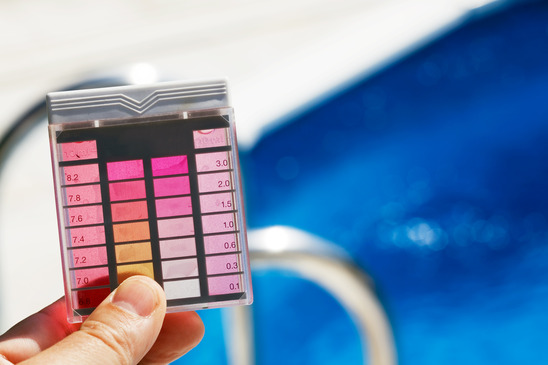
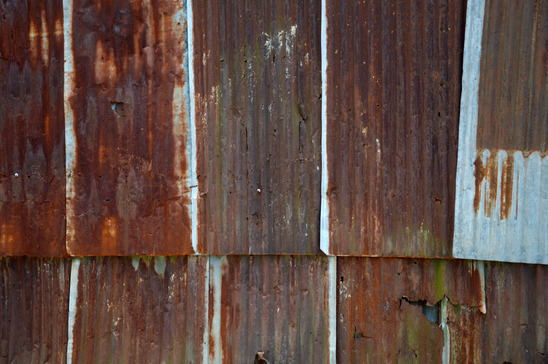
pH (6.5 – 8.5 pH units)
pH is a measure of the acidity or alkalinity of water. 7.0 is considered neutral, below 7.0 is acid and above 7.0 is alkaline (or basic). Water of an acidic nature may be corrosive and leach metals such as copper and lead from the plumbing. Basic water may form scale on the inside of pipes.
SILVER (0.1 mg/L)
This contaminant, used in photographic emulsions, can leach from landfills along with other metals. High levels may cause a condition known as argyria, a discoloration of the skin.
SULFATE (250 mg/L)
This naturally occurring chemical may cause bad taste and have a laxative effect.
TOTAL DISSOLVED SOLIDS (500 mg/L)
High TDS can damage plumbing and limit the effectiveness of soaps and detergents. TDS may also be used as an indicator of corrosivity.
ZINC (5 mg/L)
Both naturally occurring and as a contaminant, zinc may impart a taste to water.

Other Aesthetic Drinking Water Factors
HARDNESS is a measure of dissolved minerals in water, mainly calcium and magnesium. The hardness scale is as follows: 0-75 soft, 75-150 moderately hard, 150-300 hard, over 300 is very hard.
(Standards taken from the EPA booklet Is Your Drinking Water Safe?, Office of Water (WH-550), September 1991 EPA 570/9-91-005)
Routine Water Testing Program
Want to make sure your water contains safe amounts of these and other secondary contaminants? Sign up for our routine water testing program and you will know any changes in the quality of your water. Call us or contact online for more information.

 410.848.1014
410.848.1014
